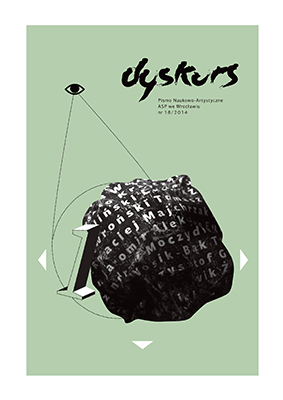Czy sztuka abstrakcyjna może być performatywna?
Can abstract art be performative?
Author(s): Paulina SztabińskaSubject(s): Fine Arts / Performing Arts
Published by: Akademia Sztuk Pięknych im. Eugeniusza Gepperta we Wrocławiu
Summary/Abstract: The term “abstract art” is often used in a broad sense. On the one hand, it includes a variety of creative output involving a major or minor departure from a direct depiction of reality, while on the other – artistic activities aimed to create spontaneous arrangements of shapes and colors. In my discussion, I have narrowed down the meaning of the term “abstract art” to include such varieties of works which were created with reference to the elements of reality and present its “abstracted” image. I refer to the other variant of creative output as “concrete art”, albeit using this phrase in a broader sense than did Theo van Doesburg, who coined the term. The distinction between these two varieties is important from the point of view of the core issue I examine. It is associated with the perspective of performativism – a concept that for over thirty years has defined the turn in the reflection on culture, including the study of art. In my article, I contemplate whether both of the above-mentioned broad varieties of abstract art are subject to the principle of performativity, and thus whether they can be considered in accordance with the words of Richard Schechner as a type of performance. I believe that the answer to this question is important also from the perspective of the study of contemporary Polish art. It has been known to feature (e.g. in the case of representatives of the geometric art, whose output I analyze in my article) a desire to present something that is performative rather than a finite constant work that maintains its identity at every showing.
Journal: DYSKURS Pismo Naukowo-Artystyczne ASP we Wrocławiu
- Issue Year: 2014
- Issue No: 2 (18)
- Page Count: 1
- Language: Polish

